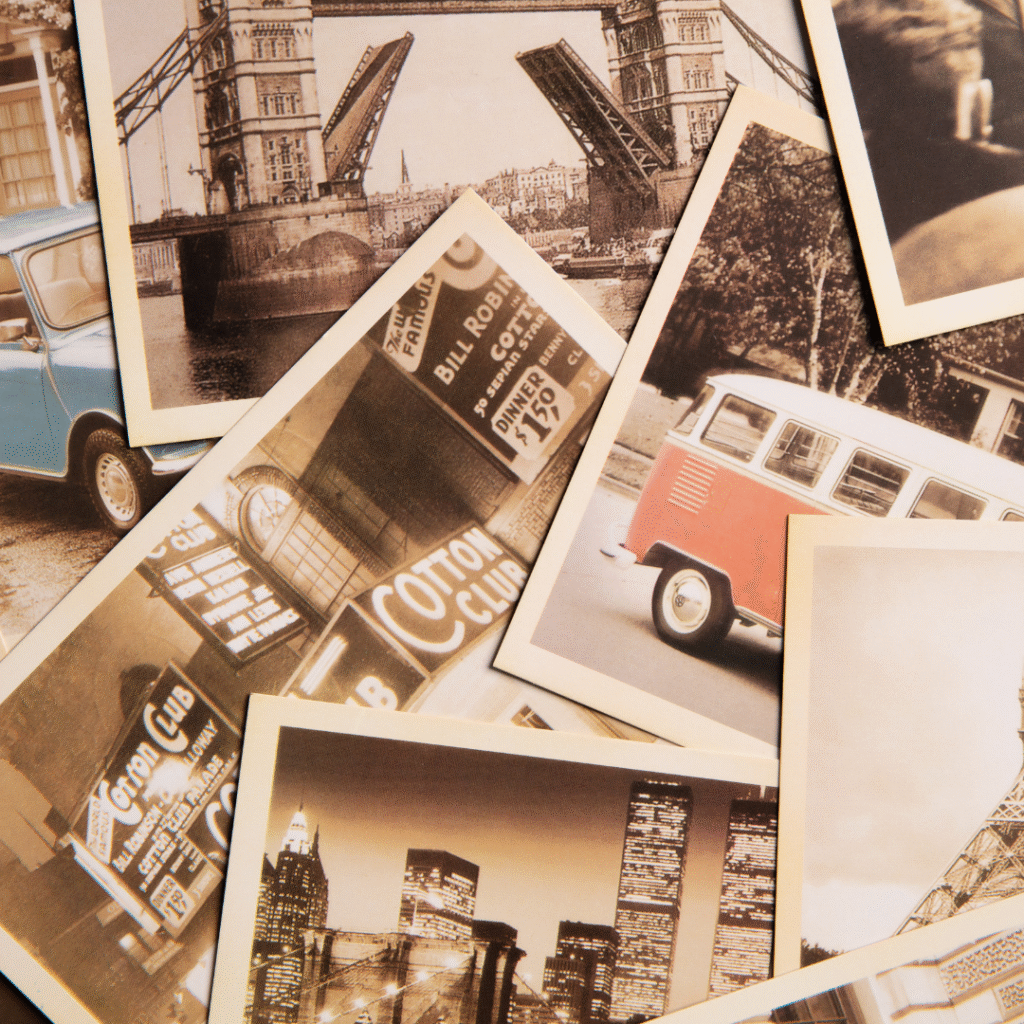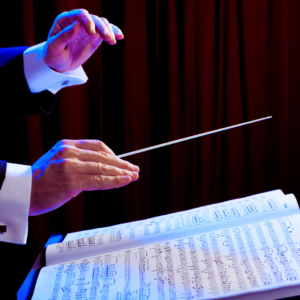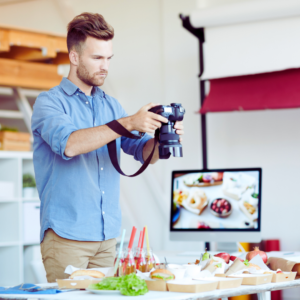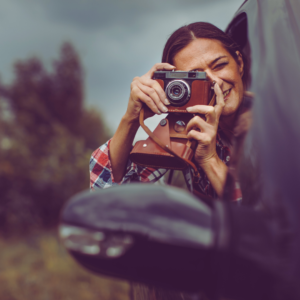Creating vintage photos can transport viewers to another time and evoke feelings of nostalgia. To achieve this look, one must focus on specific techniques such as using filters, adjusting colors, and manipulating textures. These elements can result in images that resonate with the charm of past decades.
Exploring different camera settings and lighting conditions adds depth to the vintage aesthetic. Softening the focus or introducing grain can enhance the authenticity of the photograph, making it feel timeless. Using props and attire that reflect a chosen era further complements this artistic endeavor.
With the right approach, anyone can create stunning vintage photographs that tell a story. By carefully combining technique and creativity, he or she can capture the essence of a bygone era in every shot.
Understanding Vintage Photography
Vintage photography evokes an aesthetic that is distinct and time-honored. Its significance spans from historical contexts to modern applications, particularly in fashion blogs.
Definition and Historical Context
Vintage photography typically refers to images created using traditional techniques and styles, often dating from the 1900s to the 1980s. The charm of this style lies in its nostalgic qualities, emphasizing soft focus, faded colors, and grainy textures that reflect the technological limitations of past eras.
Key characteristics often include:
- Film grain: The visible texture that adds depth.
- Soft lighting: Providing a romantic, dreamy effect.
- Classic compositions: Emphasizing poses, settings, and fashion of the time.
This approach not only captures moments but also tells stories reflective of social norms and artistic trends, making it a significant art form.
Significance in Modern Fashion Blogs
In contemporary fashion blogs, vintage photography plays a crucial role. Bloggers utilize this style to evoke particular moods and themes that resonate with their audience. The use of vintage aesthetics can set a whimsical tone or invoke nostalgia.
Visual elements often featured include:
- Retro outfits: These reflect past fashion trends.
- Authentic props: To enhance storytelling.
- Classic locations: To evoke a bygone era.
Incorporating vintage photography can help brands differentiate themselves, create a cohesive visual identity, and appeal to consumers’ emotions through rich, nostalgic imagery.
Equipment and Setup for Vintage Photography
Selecting the appropriate equipment and setting up the environment play critical roles in achieving a vintage aesthetic. Focusing on the right camera and stabilizing tools can greatly enhance the quality of vintage photos.
Choosing the Right Digital Camera
For vintage photography, a digital camera that offers manual controls is ideal. Cameras with a full-frame sensor yield better image quality, allowing for rich tones reminiscent of vintage film. Look for models with features that enable a shallow depth of field, such as f/1.8 or lower aperture lenses.
Key Features to Consider:
- Manual Mode: Essential for adjusting shutter speed, aperture, and ISO.
- Lens Options: Prime lenses can add character to photos.
- Filters: Utilize filters to recreate an old-fashioned look.
Cameras that allow for interchangeable lenses offer more creative flexibility. Additionally, consider vintage lenses that can be adapted to modern digital cameras for a more authentic feel.
Optimal Use of Tripods and Accessories
Stability is vital when capturing vintage-inspired shots. A sturdy tripod minimizes camera shake, especially in low-light conditions or long exposures.
Recommended Accessories:
- Remote Shutter Release: Reduces vibration at the moment of capture.
- Light Meter: Helps in achieving accurate exposure in various lighting conditions.
When setting up the tripod, ensure it is on solid ground. Use reflective surfaces to create unique lighting conditions. Accessories like vintage camera straps can also enhance the aesthetic while providing comfort and functionality during shooting sessions.
By carefully selecting the right digital camera and using supportive equipment, photographers can create stunning vintage images that evoke nostalgia.
Composing and Capturing the Shot
Capturing vintage photos involves keen attention to detail in both color schemes and the environment. Interesting compositions are enhanced by thoughtful choices in light and surroundings.
Working with Color Schemes and Lighting
Effective use of color can transport viewers to a different era. Vintage photos often display muted tones such as sepia or pastels. To achieve this, one may consider using filters or post-processing techniques that soften colors and reduce contrast.
Lighting is equally crucial. Natural light, especially during the golden hour, offers a warm quality that enhances vintage aesthetics. Shadows should be soft, avoiding harsh contrasts that can detract from the nostalgic feel. Reflectors can also help direct light softly for a more flattering effect.
Incorporating Elements of Nature and Architecture
Integrating natural elements and architecture adds depth to vintage photos. Subjects like trees, flowers, or old buildings create a timeless backdrop. They evoke a sense of history and can provide unique textures and patterns.
When photographing, consider the composition of these elements. Framing the subject with foliage or using vintage-style fences can enrich the visual narrative. Architectural features, like arches or bricks worn from age, contribute to the overall antique feeling.
A zoo setting offers a blend of nature and manmade structures, presenting ample opportunities for creative shots. Incorporating animals with vintage styling can yield striking images rife with story.
Post-Processing and Presentation
Achieving a vintage feel in photographs requires careful attention to editing techniques and thoughtful presentation options. Specific methods can enhance the retro look, while displaying the finished product effectively adds to its charm.
Editing Techniques for a Vintage Aesthetic
To create a vintage aesthetic, start by adjusting the color tones. Using photo editing software, apply a sepia or black-and-white filter.
- Texture Overlay: Implement grain or scratch textures to mimic old film.
- Contrast and Brightness: Reduce contrast and slightly lower brightness for a faded effect.
Consider using vintage presets available in many editing programs. These presets often replicate the looks of classic film styles.
Adjusting the sharpness can help to soften details, further enhancing a retro vibe.
Finally, experiment with light leaks or vignette effects for authenticity.
Selecting Frames and Display Options
Choosing the right frame is crucial for presenting vintage photographs. Consider these styles:
- Antique Wooden Frames: These add a rustic feel and complement the photograph’s tones.
- Matte Borders: A matte finish can enhance the photograph while preserving an aged appearance.
Opt for display methods such as wall mounting or using easels for tabletop displays.
Lighting plays a significant role in presentation. Soft, diffused lighting can protect the image’s integrity while highlighting its details.
For a cohesive look, consider grouping multiple photographs in a gallery style. Use consistent framing and spacing to tie the display together.





